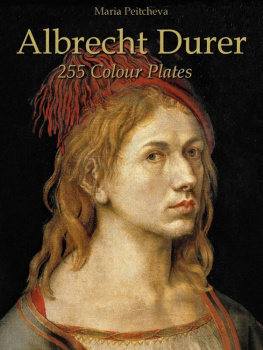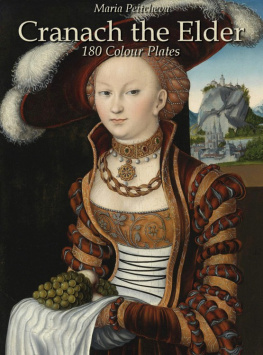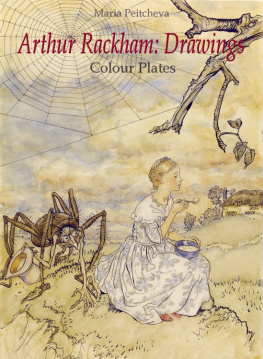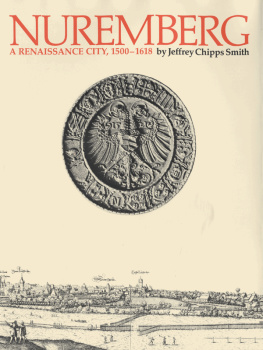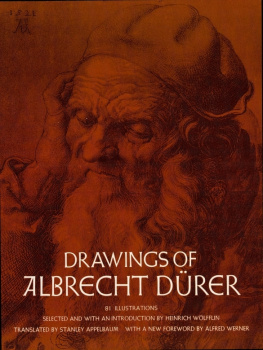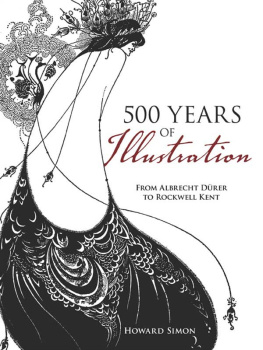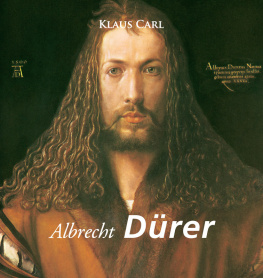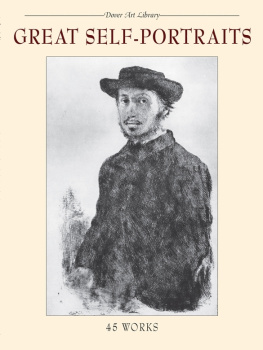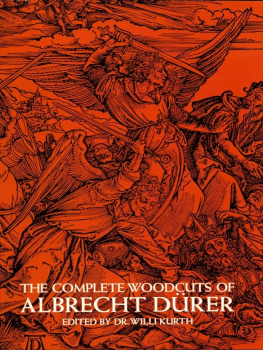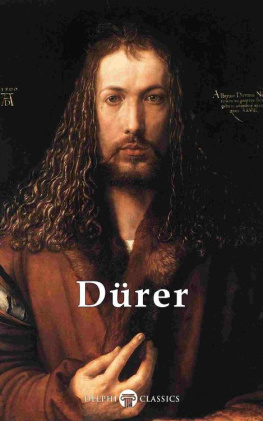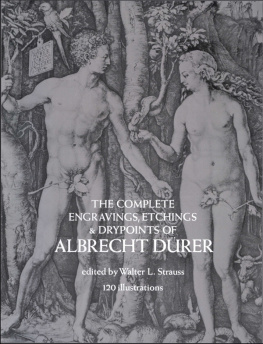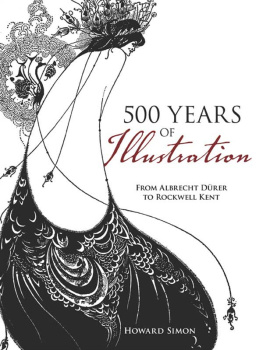Foreword
Albrecht Drer was undoubtedly the most significant painter and engraver of the Northern Renaissance. Living in Nuremberg , equidistant city between Netherlands and Italy , he found inspiration in the two most important centers of art at his time. But instead of simply imitating what the others painters do, Drer goes own way of discoverer. For example, he was the first artist who painted a self-portrait and the first who make of landscape painting an independent picture. Although Drer lived five hundred years ago, today we are happy that many of his works have survived. While he was alive, Drer has published several hundred engravings on which are appeared his initials.
At least sixty of his paintings have also survived, and a few other which led art historians dispute whether they are from him. It is impossible today to know how many of his works are lost, but those that have survived, give us a relatively complete view of the range of his work. Drer as rule spent much of his time as a printmaker and often complained that working in oils was time-consuming and badly paid. Finally, there are a thousand of his drawings and watercolors. The range and variety of his work is just amazing. His woodcarvings and engravings made him great and famous all over Europe , and he is commonly considered the best master in this area.
As a painter, Drer has the equal success as in the paintings of religious topics, also in those with secular topics. He painted portraits as well as altars. His drawings and watercolors even today strike us with a variety of techniques and were painted with an almost phenomenal precision. To summarize in just few words - Drer is one of the most prominent figures for the development of the whole European painting. Drer was the second son of the goldsmith Albrecht Drer the Elder, who had left Hungary to settle in Nuremberg in 1455, and of Barbara Holper, who had been born there. Drer began his training as a draughtsman in the goldsmith's workshop of his father.
His precocious skill is evidenced by a remarkable self-portrait done in 1484, when he was 13 years old, and by a Madonna with Musical Angels, done in 1485, which is already a finished work of art in the late Gothic style. In 1486, Drer's father arranged for his apprenticeship to the painter and woodcut illustrator Michael Wohlgemut, whose portrait Drer would paint in 1516. After three years in Wohlgemuth's workshop, he left for a period of travel. In 1490 Drer completed his earliest known painting, a portrait of his father that heralds the familiar characteristic style of the mature master. Drer's years as a journeyman probably took the young artist to the Netherlands , to Alsace , and to Basle , Switzerland , where he completed his first authenticated woodcut, a picture of St Jerome Curing the Lion. During 1493 or 1494 Drer was in Strasbourg for a short time, returning again to Basle to design several book illustrations.
An early masterpiece from this period is a self-portrait with a thistle painted on parchment in 1493. At the end of May 1494, Drer returned to Nuremberg , where he soon married Agnes Frey, the daughter of a merchant. In the autumn of 1494 Drer seems to have undertaken his first journey to Italy , where he remained until the spring of 1495. A number of bold landscape watercolors dealing with subjects from the Alps of the southern Tirol were made on this journey and are among Drer's most beautiful creations. Depicting segments of landscape scenery cleverly chosen for their compositional values, they are painted with broad strokes, in places roughly sketched in, with an amazing harmonization of detail. Drer used predominantly unmixed, cool, somber colors, which, despite his failure to contrast light and dark adequately, still suggest depth and atmosphere.
The trip to Italy had a strong effect on Drer; direct and indirect echoes of Italian art are apparent in most of his drawings, paintings, and graphics of the following decade. While in Venice and perhaps also before he went to Italy , Drer saw engravings by masters from central Italy . He was most influenced by the Florentine Antonio Pollaiuolo, with his sinuous, energetic line studies of the human body in motion, and by the Venetian Andrea Mantegna, an artist greatly preoccupied with classical themes and with precise linear articulation of the human figure. Drer's secular, allegorical, and frequently self-enamored paintings of this period are often either adaptations of Italian models or entirely independent creations that breathe the free spirit of the new age of the Renaissance. Drer adapted the figure of Hercules from Pollaiuolo's The Rape of Deianira for a painting of Hercules and the Birds of Stymphalis. A purely mythological painting in the Renaissance tradition, the Hercules is exceptional among Drer's works.
The centre panel from the Dresden Altarpiece, which Drer painted in about 1498, is stylistically similar to the Hercules and betrays influences of Mantegna. In most of Drer's free adaptations the additional influence of the more lyrical, older painter Giovanni Bellini, with whom Drer had become acquainted in Venice , can be seen. The most striking painting illustrating Drer's growth toward the Renaissance spirit is a self-portrait, painted in 1498. Here Drer sought to convey, in the representation of his own person, the aristocratic ideal of the Renaissance. He liked the way he looked as a handsome, fashionably attired young man, confronting life rather conceitedly. In place of the conventional, neutral, monochromatic background, he depicts an interior, with a window opening on the right.
Through the window can be seen a tiny landscape of mountains and a distant sea, a detail that is distinctly reminiscent of contemporary Venetian and Florentine paintings. The focus on his own figure in the interior distinguishes his world from the vast perspective of the distant scene, another world to which the artist feels himself linked. Italian influences were slower to take hold in Drer's graphics than in his drawings and paintings. Strong late Gothic elements dominate the visionary woodcuts of his Apocalypse series (the Revelation of St John), published in 1498. The woodcuts in this series display emphatic expression, rich emotion, and crowded, frequently overcrowded, compositions. The same tradition influences the earliest woodcuts of Drer's Large Passion series, also from about 1498.
Nevertheless, the fact that Drer was adopting a more modern conception, a conception inspired by classicism and humanism, is indicative of his basically Italian orientation. The woodcuts Samson and the Lion (1498) and Hercules and many prints from the woodcut series The Life of the Virgin (c. 1500-10) have a distinct Italian flavor. Many of Drer's copper engravings are in the same Italian mode. Drer's graphics eventually influenced the art of the Italian Renaissance that had originally inspired his own efforts. His painterly style, however, continued to vacillate between Gothic and Italian Renaissance until about 1500.
Then his restless striving finally found definite direction. He seems clearly to be on firm ground in the penetrating half-length portraits of Oswolt Krel, in the portraits of three members of the aristocratic Tucher family of Nuremberg - all dated 1499 - and in the Portrait of a Young Man of 1500. In 1500 Drer painted another self-portrait that is a flattering, Christlike portrayal. During this period of consolidation in Drer's style, the Italian elements of his art were strengthened by his contact with Jacopo de' Barbari, a minor Venetian painter and graphic artist who was seeking a geometric solution to the rendering of human proportions; it is perhaps due to his influence that Drer began, around 1500, to grapple with the problem of human proportions in true Renaissance fashion. Initially, the most concentrated result of his efforts was the great engraving Adam and Eve (1504) in which he sought to bring the mystery of human beauty to an intellectually calculated ideal form. In all aspects Drer's art was becoming strongly classical.

